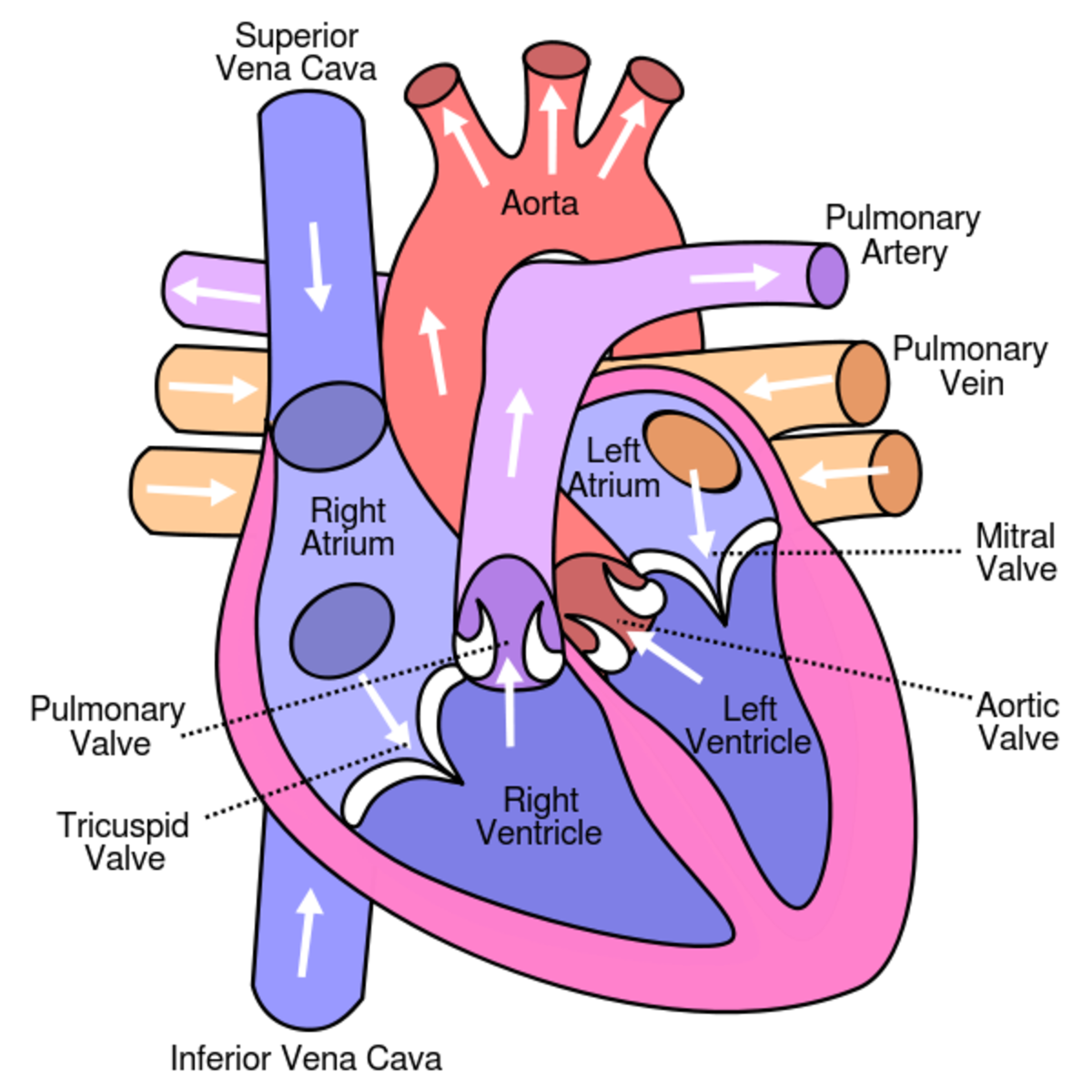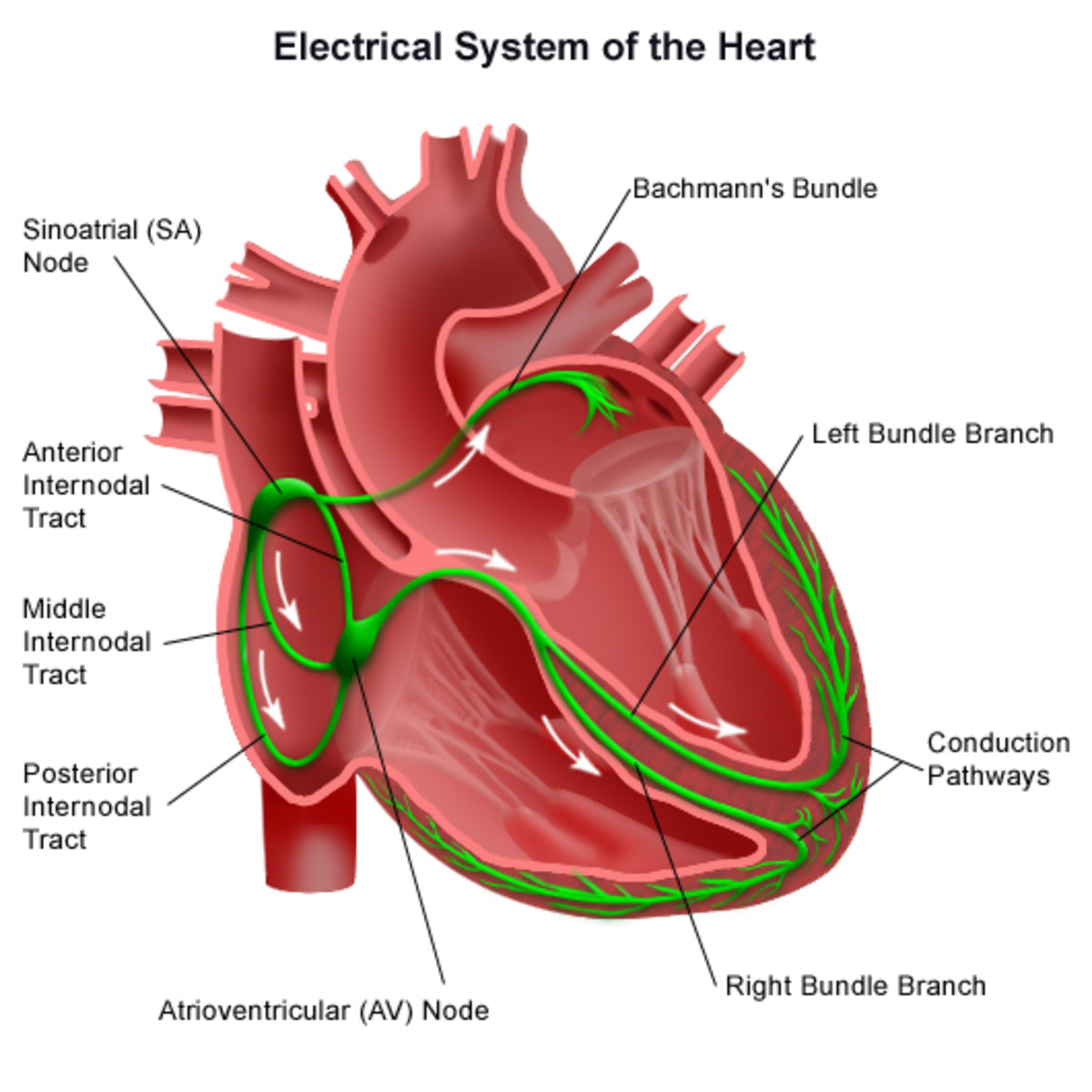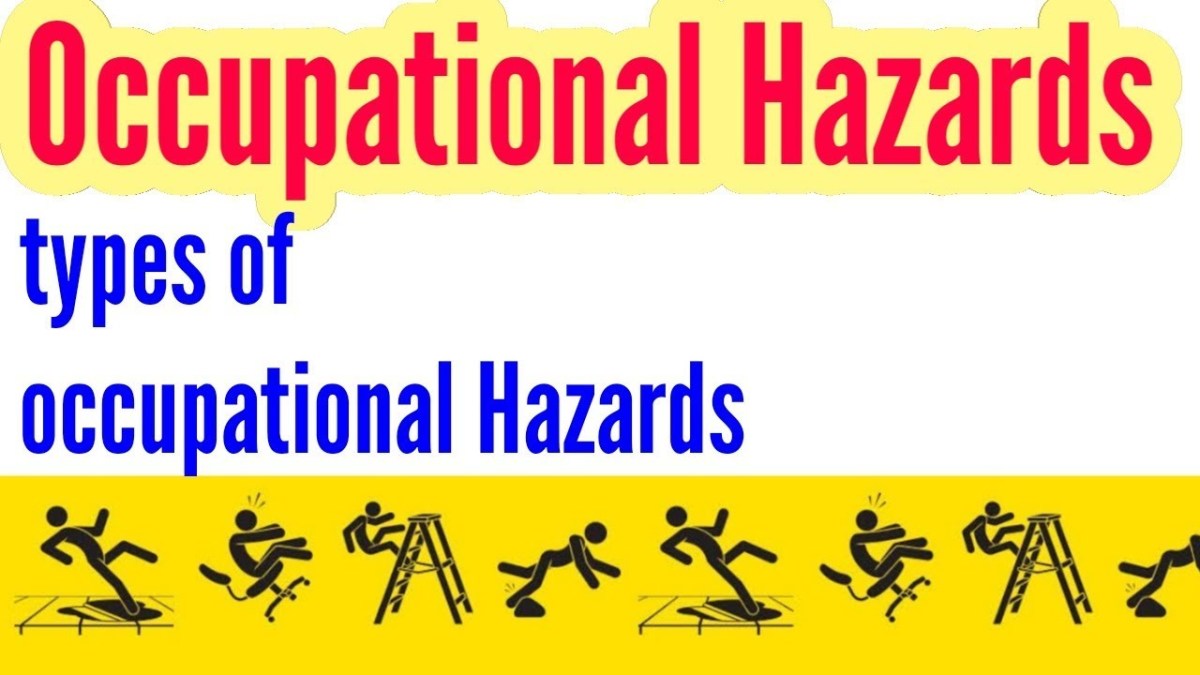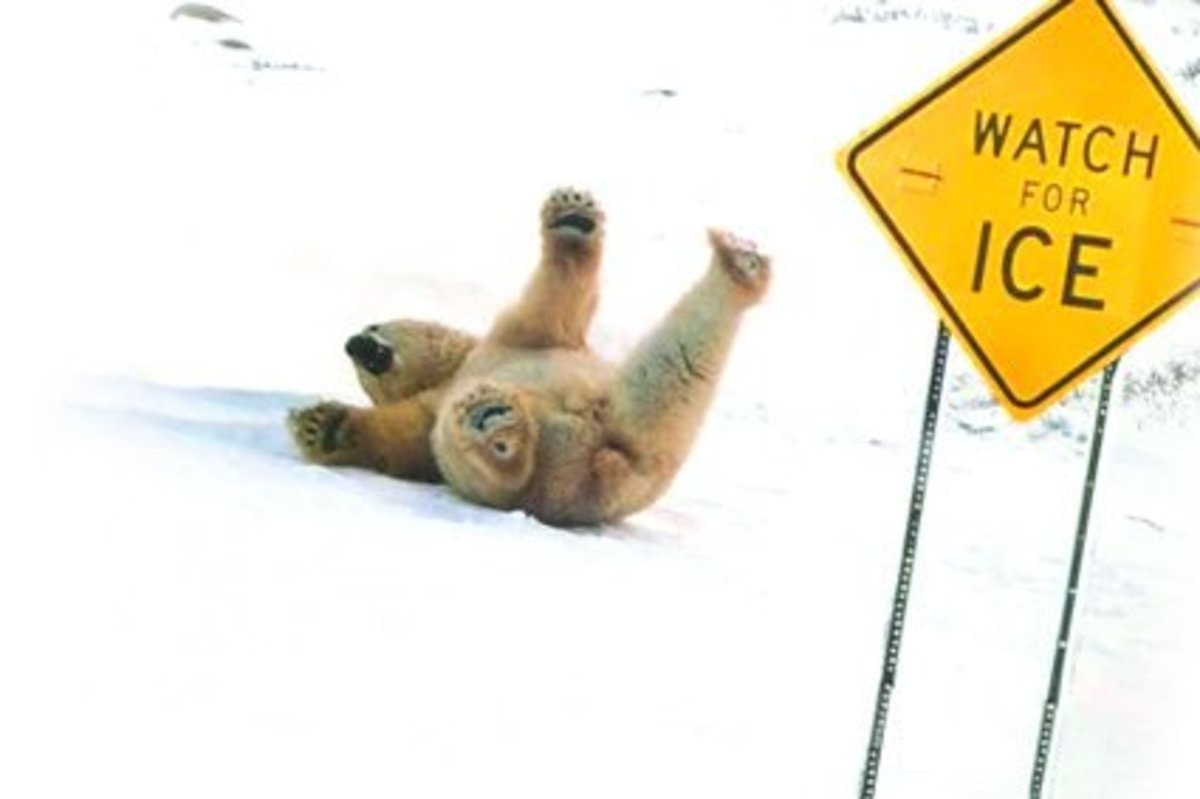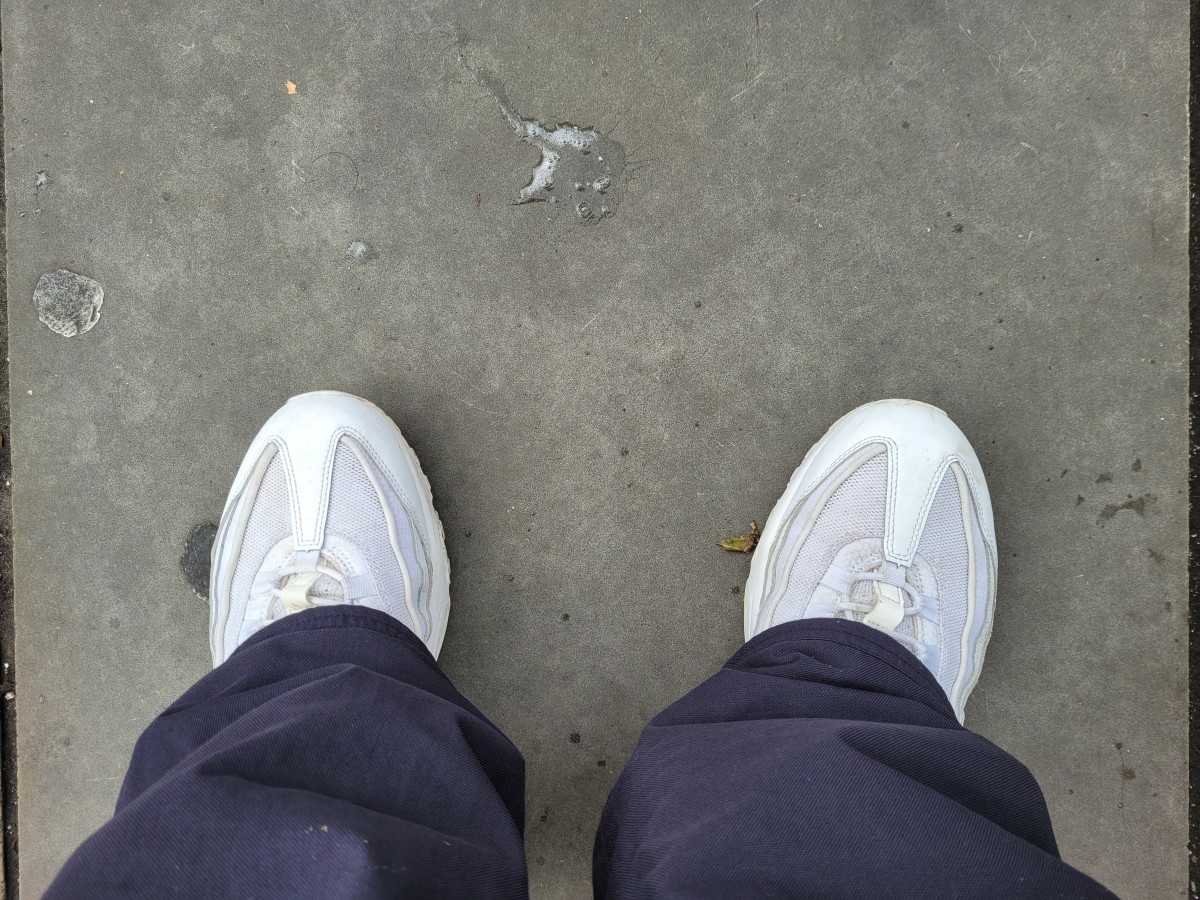Two Injuries Associated with Snow Shoveling

Let's face it, snow storms leave behind a beautiful but occasionally crippling by-product (snow) that will require a great deal of physical strength to clear out.
Snow-shoveling is an activity that engages most of the major muscles in the body including the quadriceps, glutes, biceps, triceps, back and abdominals and can prove taxing on one of the most critical muscles in the body --the heart.
It is no wonder that each year, it proves to be an unsuspectingly dangerous chore for some. Snow shoveling leads to an average of nearly 100 deaths and 11,500 emergency department visits each year in the United States. During the January 2016, it was reported that 12 people suffered a coronary episode and died in New Jersey, Maryland, Delaware, Pennsylvania, and Washington, D.C. while shoveling snow.
Heart attacks related to snow shoveling events are somewhat rare in nature. Muscle strains and sprains are in fact more common than heart attacks however the risk still exists.

Snow Shoveling and Heart Attacks
Unfortunately, not everyone is a candidate to shovel snow and therefore, existing risks must be considered very closely.
First, individuals with a history of cardiac problems are at an increased risk for heart attacks due to the amount of exertion that accompanies snow shoveling. Even those who may not have any known cardiac problems are at risk, particularly if they typically lead a sedentary (non-active) lifestyle as it may be more work than their heart is accustomed to experiencing.
Experts suggest that those over the age of 55 should not shovel snow either as they are also at an increased risk for suffering a coronary episode.
Let's take a closer look at what happens within the body during a snow-shoveling episode.
As you are shoveling snow, your blood pressure increases along with your heart rate. The cold air however creates a bit of counter production as it causes your blood vessels to constrict, leaving you vulnerable to thickening blood which can ultimately lead to clotting.
How Do You Know You Might Be Experiencing a Heart Attack?
Common signs and symptoms associated with a heart attack include:
-
Chest pain or discomfort
-
Shortness of breath
-
Sudden cold sweat
-
Nausea and vomiting
-
Dizziness
Anyone experiencing the identified symptoms should immediately seek attention at their local emergency room or call for emergency services.
(Source: Dr. Tara Narula, a cardiologist at Lenox Hill Hospital, CBS News Report 2016)
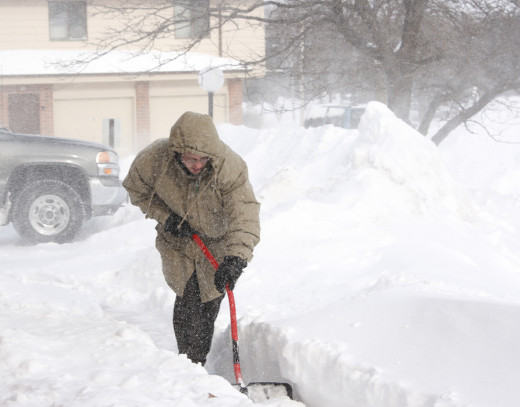
Snow Shoveling and Back Pain
In addition to heart attacks, poor snow shoveling techniques have been cited as the number one culprit of back-related injuries.
These injuries are often caused by twisting and/or lifting snow that is extremely heavy.
Healthcare experts recommend the following to decrease the risk for injury:
- Alternate sides when shoveling to decrease risk of injury to the lower back
- Bend your knees and use your arms
- During the off-season, work on core muscles to decrease risk for lower back pain
- Try pushing the snow as opposed to throwing the snow
- Use a shovel that is comfortable for your height and strength
- Purchase a bent-handle shovel to reduce bending and straining.
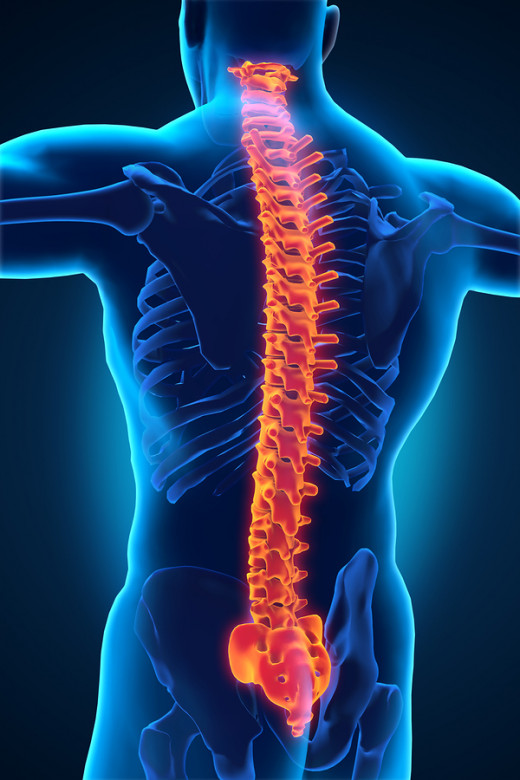
How to Manage Back Pain Related to Snow Shoveling
Common management of back injuries related to shoveling includes the following actions:
-
Apply ice to your back for the first 36 hours to decrease inflammation
-
Spinal manipulation may be another option for those interested in chiropractic services

Tips for Avoiding Snow Shoveling Injuries
Tips for avoiding snow shoveling injuries are similar to that of avoiding exercise-related injuries including but not limited to the following:
- Stretch before, Stretch during, Stretch after
- Dress warmly but wearing clothes that draw moisture away from your body
- Hydrate! Hydrate! Hydrate!
- Purchase or use a shovel that is lightweight and close to chest height
- We also suggested the bent-handle shovel to reduce bending and straining!
- Shovel at a slow but steady pace
- Take breaks
- Wear good shoes to prevent falling
- Simply stated, for big jobs, use a motorized snow blower with caution
These are just a few tips to consider next time you find yourself having to clear out after a major snow event.
© 2014 Mahogany Speaks


